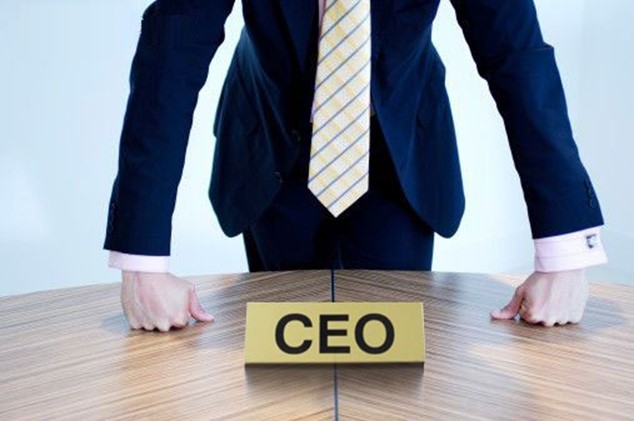The Secret Story Of Religion In The Eurozone
July 19, 2012 in Daily Bulletin

Chris Bowlby described the rarely discussed religious undertone to the Eurozone crisis:
- Even though religion appears to be in decline, religious traditions still seem to shape views on money and debt.
- Protestant Germany’s word for debt is the same as “guilt” or “sin”.
- The German Chancellor and President are both from East Germany – an area where Protestantism dominates.
- Historians have pointed out that in the 19th century there was a Latin Currency Union that Germany refused to join. The union collapsed after countries such as the Papal States minted more money than they should have.
- Perhaps the future of the Eurozone involves a Catholic Latin Union on one side and a Protestant Germany, a Calvinist Netherlands, and a Lutheran Finland on the other.
To read more including how this religious tone played out in the last European summit, Merkel’s religious roots and how she is reminiscent of both Margaret Thatcher and Martin Luther, the 500 year anniversary of Protestant reformation, and the echoes of what Luther was protesting against, click here.
Source: BBC









Join the Discussion! (No Signup Required)